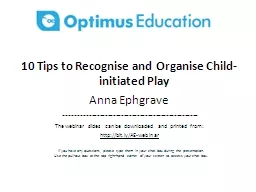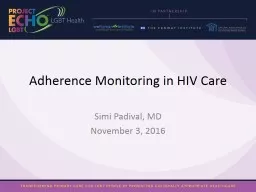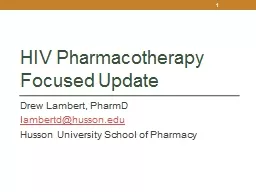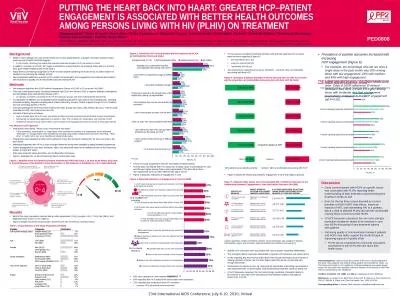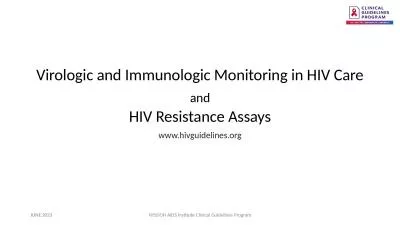PPT-Clinical and immunologic pattern of PLHIV lost from HIV care before initiated Antiretroviral
Author : liane-varnes | Published Date : 2019-11-20
Clinical and immunologic pattern of PLHIV lost from HIV care before initiated Antiretroviral treatment within an HIV Program in Tanzania Aisa N Muya MD MPH Management
Presentation Embed Code
Download Presentation
Download Presentation The PPT/PDF document "Clinical and immunologic pattern of PLHI..." is the property of its rightful owner. Permission is granted to download and print the materials on this website for personal, non-commercial use only, and to display it on your personal computer provided you do not modify the materials and that you retain all copyright notices contained in the materials. By downloading content from our website, you accept the terms of this agreement.
Clinical and immunologic pattern of PLHIV lost from HIV care before initiated Antiretroviral: Transcript
Download Rules Of Document
"Clinical and immunologic pattern of PLHIV lost from HIV care before initiated Antiretroviral"The content belongs to its owner. You may download and print it for personal use, without modification, and keep all copyright notices. By downloading, you agree to these terms.
Related Documents



